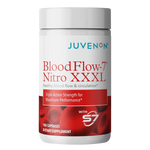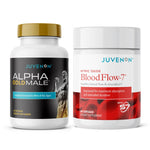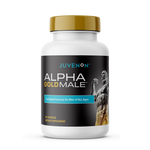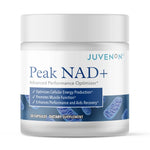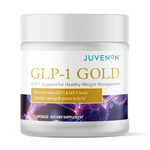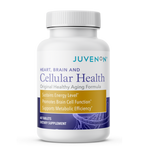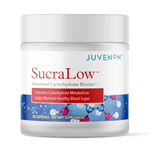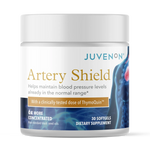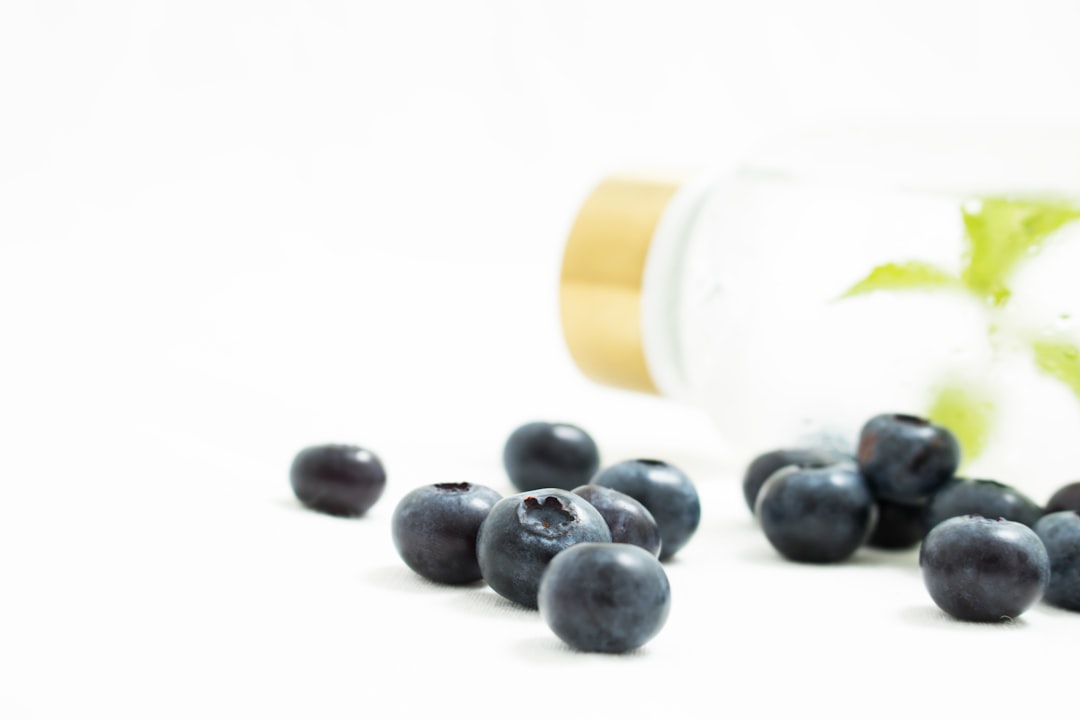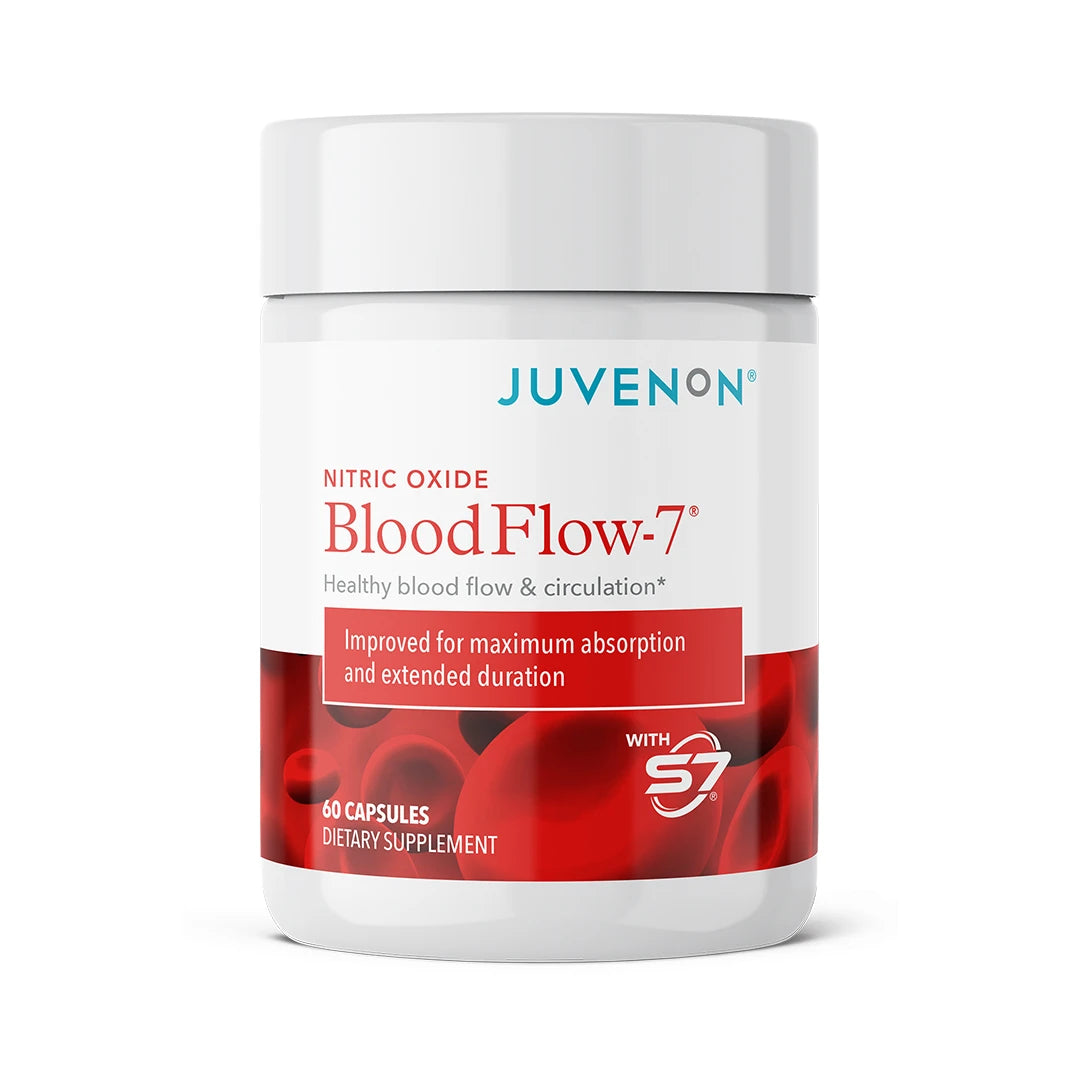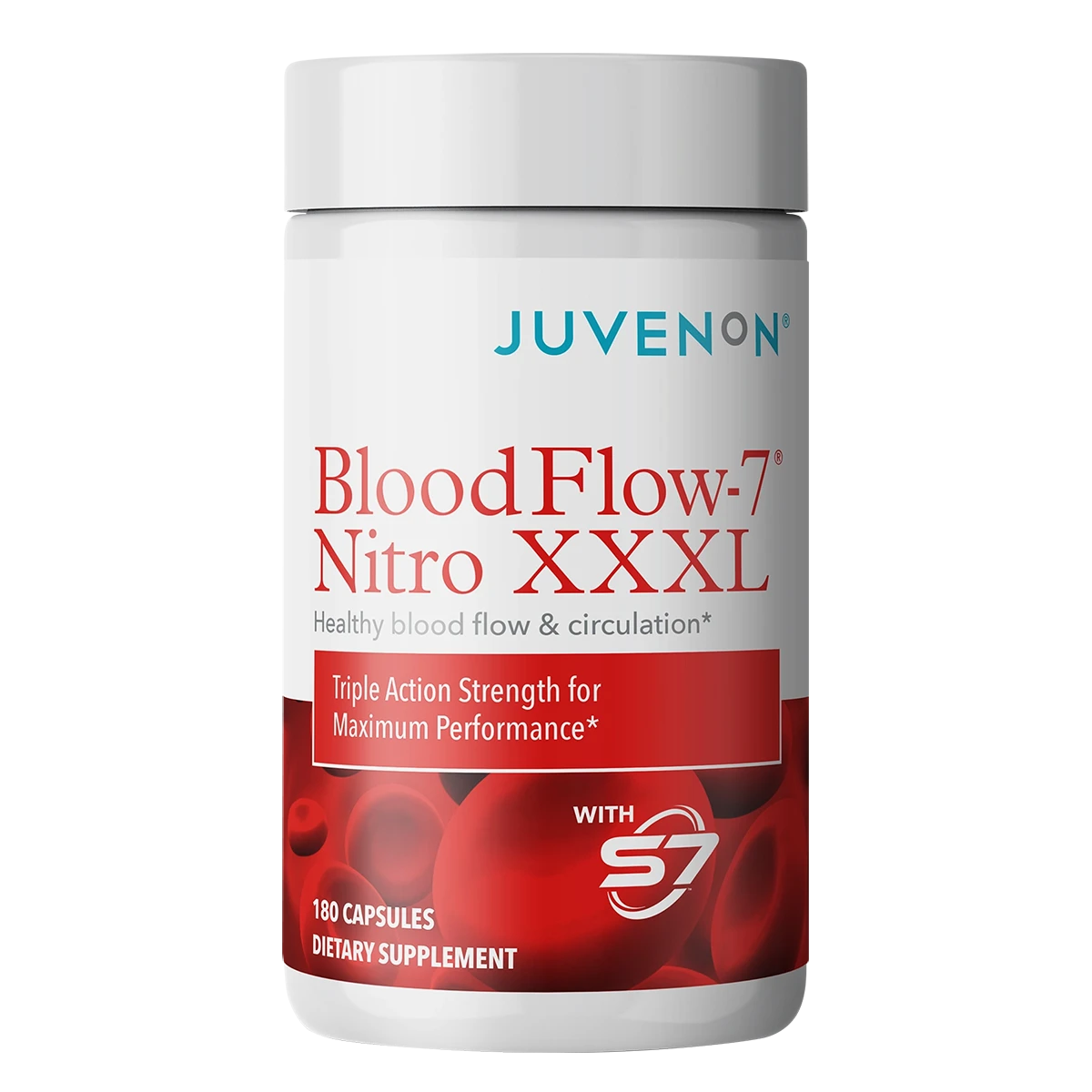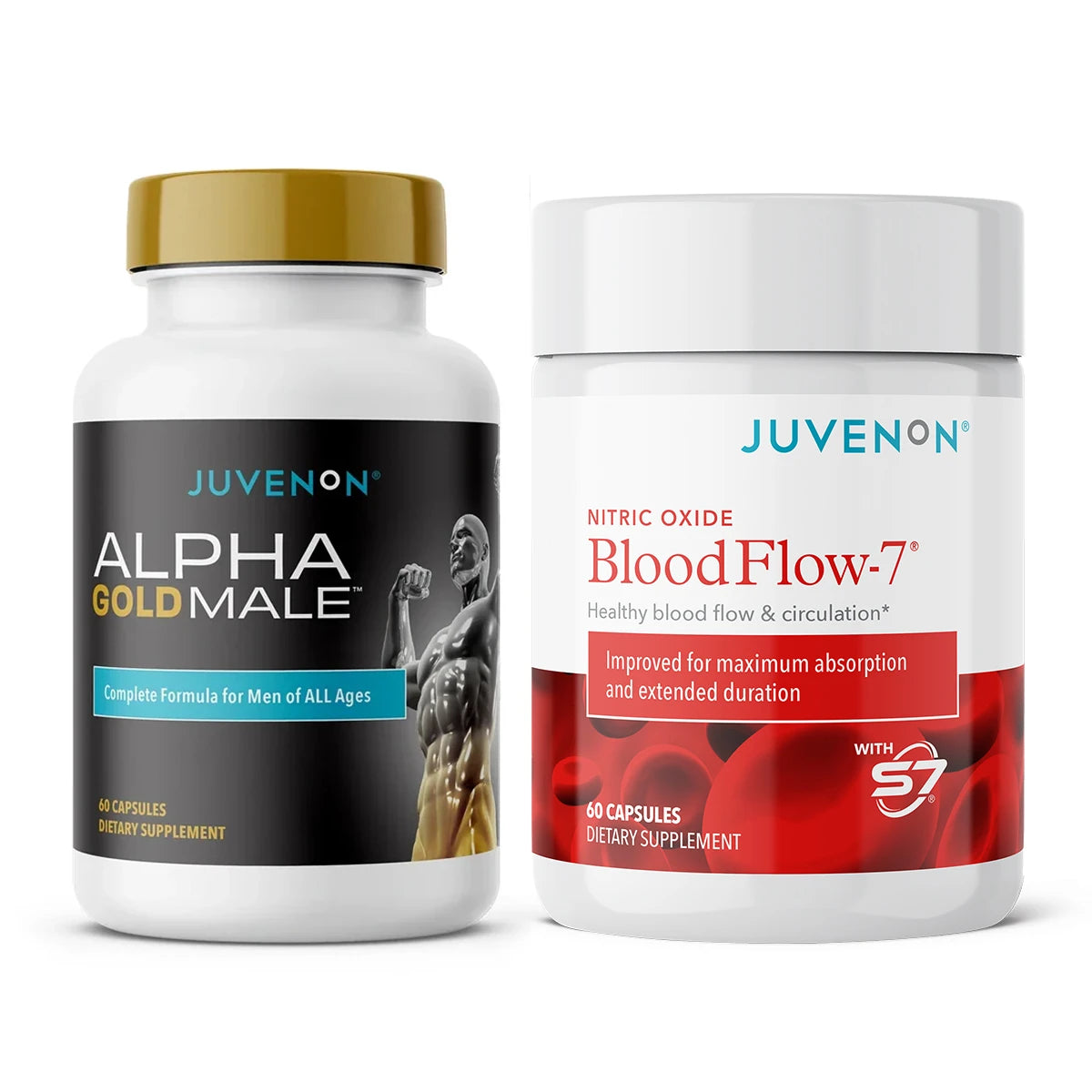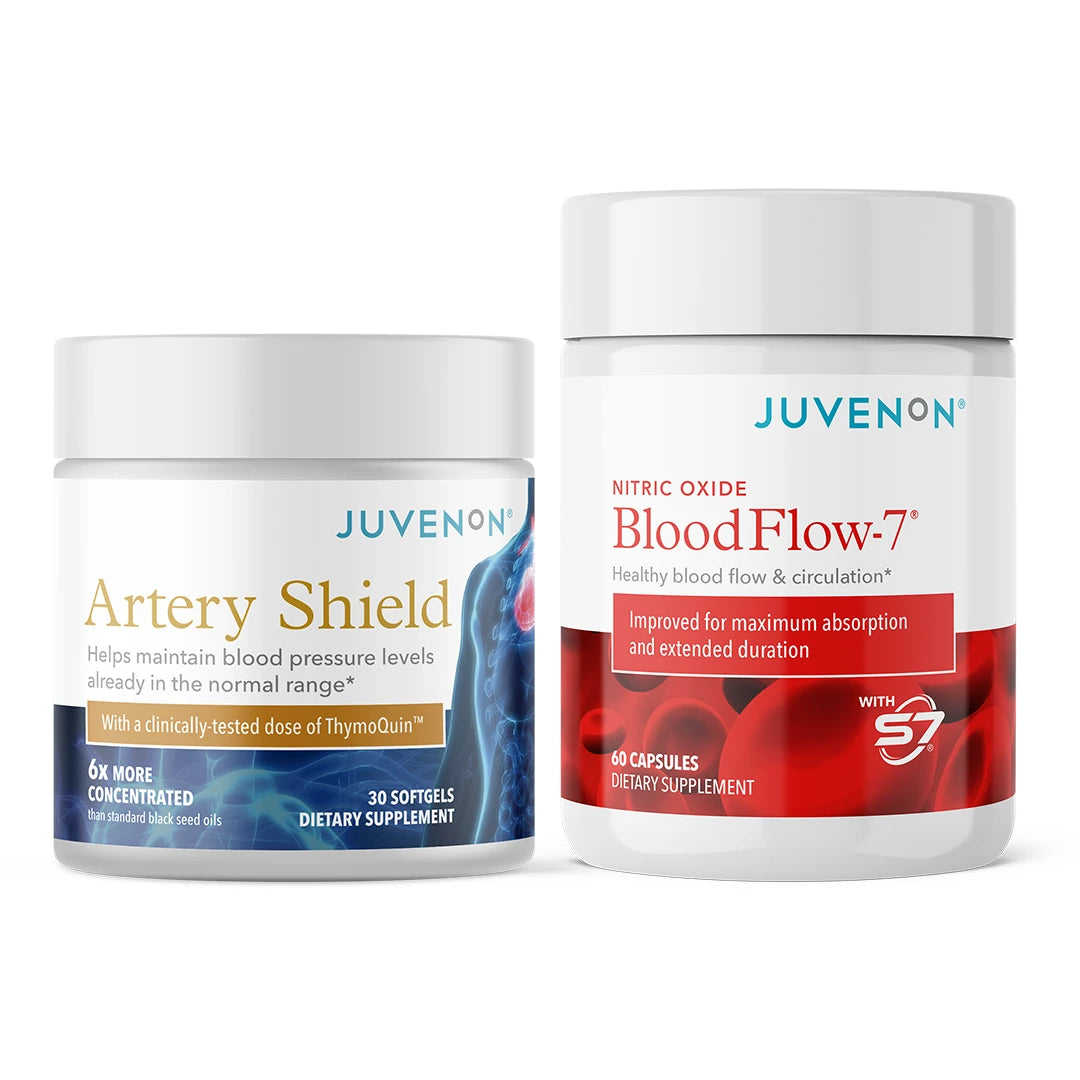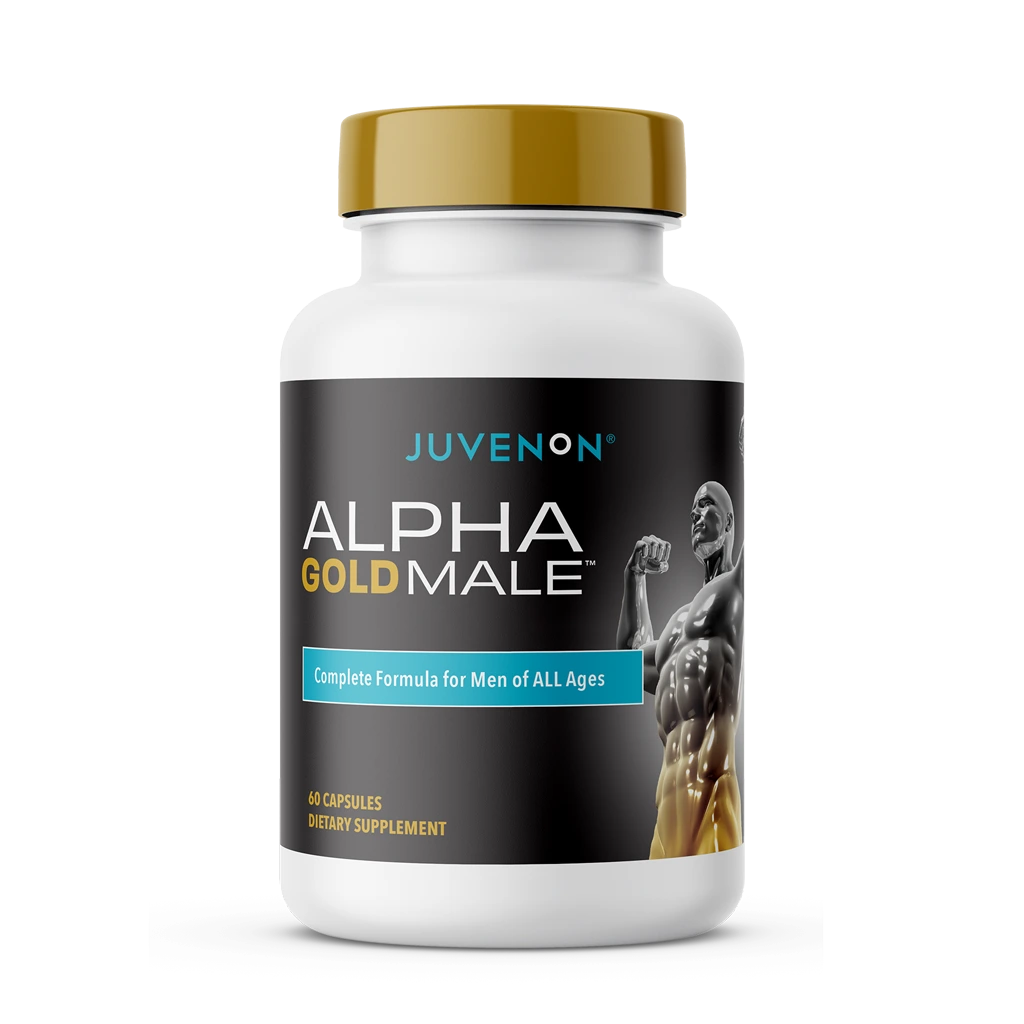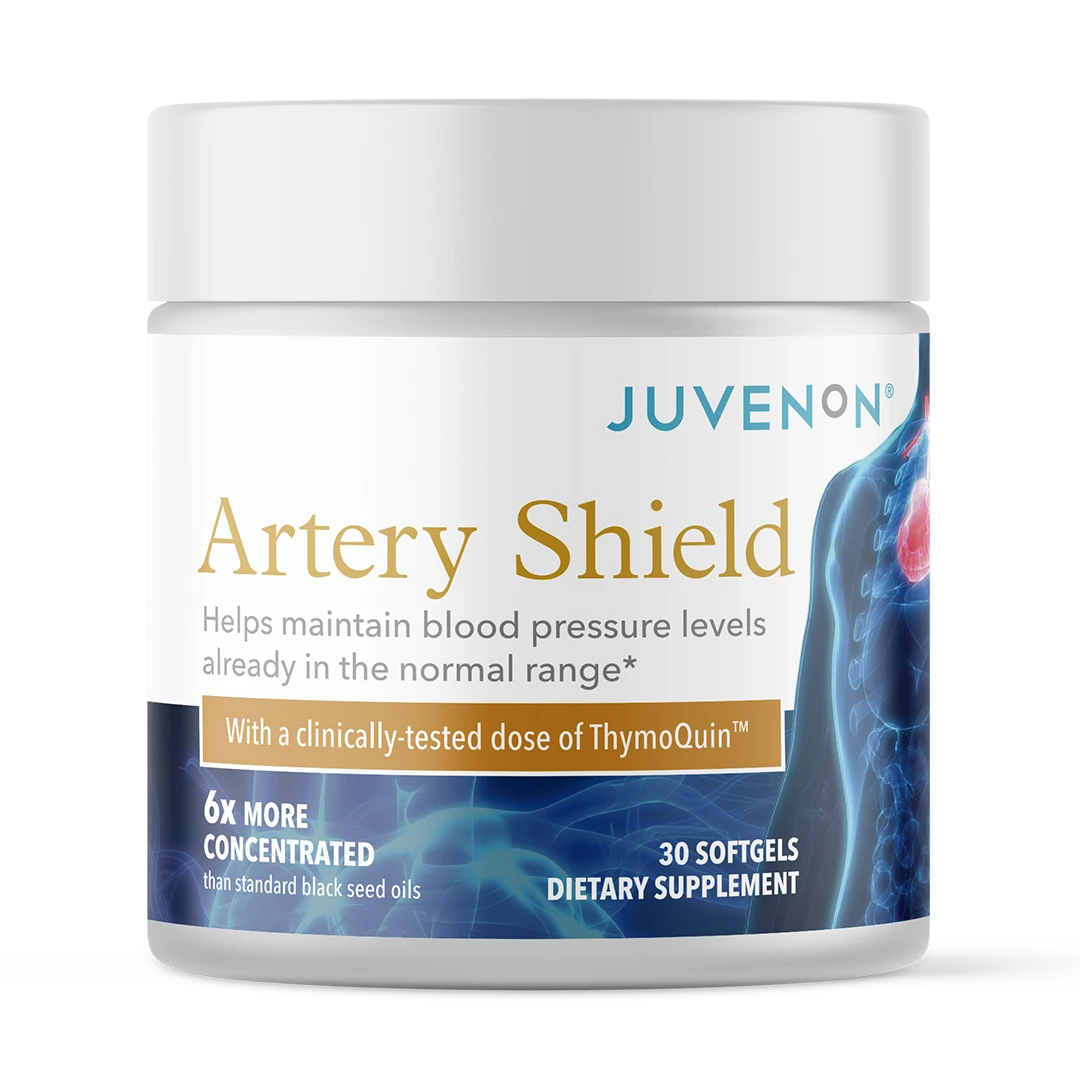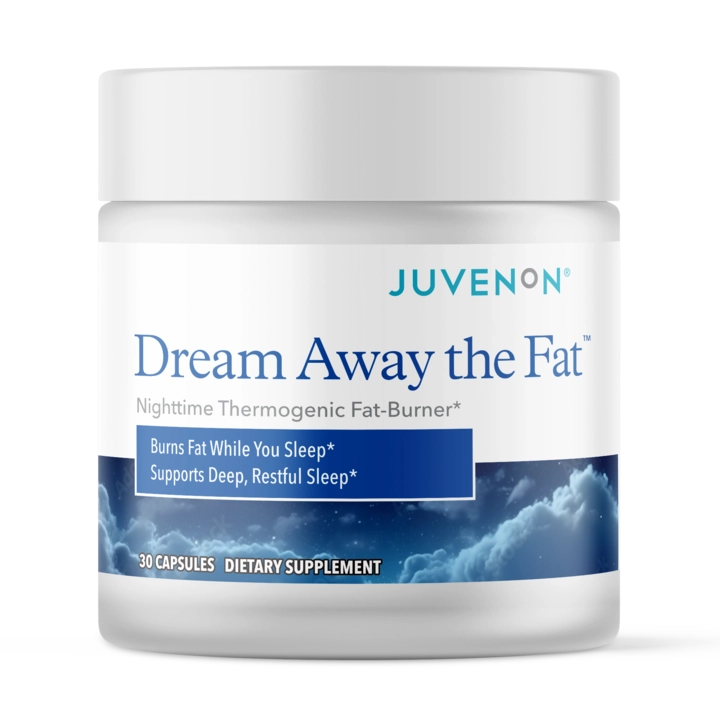
Optimal systolic and diastolic blood pressure is a key marker of good health. Too high or too low spells trouble for the cardiovascular system.
A normal amount of pressure is necessary to move blood throughout the body, deliver oxygen, immune cells, and nutrients, and clear toxins. However it needs to be within an optimal range; otherwise, your health may be compromised. Your blood pressure is “silent,” and you may not know you have high or low blood pressure until you reach an extreme range.
Knowing your numbers and caring for your cardiovascular system protects you from the damaging effects of altered blood pressure. In this article we’ll cover:
- Why blood pressure matters
- What systolic and diastolic blood pressure readings mean
- The health risks of high and low blood pressure
- How to monitor and manage blood pressure
- How Juvenon BloodFlow-7 can help
Blood Pressure and Why Yours Matters
Blood pressure is the measure of the amount of force on the walls of the arteries as the heart pumps blood throughout the body. With each contraction and relaxation of the heart, blood exerts pressure as it flows through the circulatory system.
Blood delivers oxygen and nutrients to your whole body so it can function. If blood pressure is too low, blood flow will be impaired, and not enough oxygen and nutrients will be delivered. If the pressure is too high, it’s like trying to drink from a fire hose; the force of the excess pressure can damage the blood vessels.
Many factors influence blood pressure (1):
- Age - Blood pressure tends to rise with age
- Genetics
- Medications
- Health conditions
- Race or ethnicity
- Gender - Men are more likely to have high blood pressure in middle age than women
- Lifestyle factors
Blood pressure is measured in two numbers. You’ve probably heard it as 120/80 or 120 over 80. The larger or top number is the pressure in the arteries as the heart pumps blood out with each beat, called systolic blood pressure.
The lower or bottom number is the pressure as the heart relaxes before the next beat, called diastolic blood pressure. Both are measured in millimeters of mercury (mmHg).
Together, systolic and diastolic blood pressure paint a picture of your cardiovascular health.
The Cardiovascular Centers in the Brain
The nervous system plays a critical role in regulating blood pressure. A cluster of neurons in the brain, known as the cardiovascular center, receives signals from throughout the body, providing information on blood pressure and blood concentrations of oxygen, carbon dioxide, and other compounds. (2)
The cardiovascular command center uses these inputs to adjust aspects of the cardiovascular system for optimal function. It can:
- Increase heart rate and stroke volume in response to exercise, exertion, stress, etc.
- Decrease heat rate and stroke volume in response to sleep, rest, overexertion, etc.
- Control the tone of the blood vessels to increase or decrease blood pressure.
- Regulate the release of hormones to adjust fluid volume in the blood.
The communication between the brain and the sensors throughout the body plays a big role in blood pressure regulation.
Systolic Blood Pressure
What is systolic blood pressure?
Systolic blood pressure is the top number on a blood pressure reading. It indicates the amount of pressure the arteries experience with each heartbeat. When your ventricles, the lower chamber of the heart, contract to push blood out to the body, it exerts force against the walls of the arteries.
A certain amount of force is required to properly circulate blood. But you don’t want too much or too little.
- Too much force against the artery walls is known as hypertension.
- Too little force against the artery walls is known as hypotension
Neither is good for you.
In general, the cardiovascular centers in the brain maintain blood pressure within a tight range. If receptors in the artery wall sense excess force, they alert the brain, which signals the blood vessels to relax and widen, decreasing the pressure. Conversely, if the receptors sense too little force, the brain signals the vessels to contract and tighten to increase pressure. (3)
Hormones that increase or decrease the amount of fluid in the blood can also raise or lower blood pressure.
It’s a finely tuned system, but it’s not immune to disruption.
Diastolic Blood Pressure
What is diastolic blood pressure?
Diastolic blood pressure is the second, or bottom number, of a blood pressure reading. It indicates the amount of pressure in the arteries when the heart is at rest in between heartbeats. It’s natural for the amount of pressure to be less during this phase of a heartbeat, so diastolic blood pressure is lower than systolic blood pressure. However, even in this resting phase, there should still be adequate, but too much, force for healthy blood circulation.
In hypertension, it’s possible for diastolic blood pressure to remain normal and only systolic blood pressure to be high. This is the most common type of hypertension among older adults, known as isolated systolic hypertension. (4) An estimated 15% of adults over the age of 60 have this type of hypertension, and left untreated, it presents a serious health concern.
Blood Pressure Ranges
Blood pressure is commonly measured at each visit to the doctor. These are the ranges your doctor is evaluating for: (5)
|
Category |
Systolic Blood Pressure |
And/Or |
Diastolic Blood Pressure |
|
Low blood pressure |
Less than 90 |
And/Or |
Less than 60 |
|
Normal blood pressure |
Less than 120 |
And |
Less than 80 |
|
Elevated blood pressure |
120-129 |
And |
Less than 80 |
|
High blood pressure (stage 1) |
130-139 |
Or |
80-89 |
|
High blood pressure (stage 2) |
140 or higher |
Or |
90 or higher |
|
Hypertensive crisis |
Higher than 180 |
And/Or |
Higher than 120 |
Health Risks Associated with High and Low Blood Pressure
High Blood Pressure
High blood pressure, also known as hypertension, is a common condition. Nearly half of all adults in the US have high blood pressure, but only about 1 in 4 adults with high blood pressure have it under control. (6)
When you have high blood pressure, the force of blood pushing against the arterial walls is elevated. This causes the heart to have to work harder to pump blood throughout the body. Over time, the extra strain on the heart leads to enlargement and thickening of the lower heart chamber, making the heart weaker and more prone to failure. The blood vessels are also damaged by the excess force, which makes them more susceptible to atherosclerosis and narrowing. (7)
With increasing age comes an increasing risk of high blood pressure. The arteries become stiffer over time, which can cause a continuous elevation in systolic blood pressure.
Uncontrolled high blood pressure raises the risk of:
- Heart disease
- Heart attack
- Stroke
- Anyurism
- Chronic kidney disease
- Eye damage
- Atherosclerosis
- Vascular dementia
High Blood Pressure Symptoms
High blood pressure is known as the “silent killer” as it has no symptoms in the early stages. Until blood pressure gets dangerously high, you may not know you have hypertension.
People with very high blood pressure can experience symptoms including: (8)
- Severe headaches
- Chest pain
- Dizziness
- Difficulty breathing
- Nausea
- Vomiting
- Blurred vision or other vision changes
- Anxiety
- Confusion
- Buzzing in the ears
- Nosebleeds
- Abnormal heart rhythm
If you experience any of these symptoms, you should see your doctor right away. And, importantly, if you’ve been diagnosed with any form of hypertension, always follow your doctor's treatment recommendation to avoid a dangerous rise in blood pressure.
Low Blood Pressure
Low blood pressure is when the force of blood against the artery walls is too low, also known as hypotension. If blood pressure becomes too low, there may not be enough oxygen and nutrients delivered to the body, which, though rare, can be dangerous if not treated.
Hypotension often causes no symptoms, and what is low for one person may not be low for another. (9) For example, athletes sometimes have lower blood pressure than non-athletes because their cardiovascular system is more efficient.
Low blood pressure can be caused by certain health conditions or medications, including: (10)
- Medication used to treat high blood pressure
- Dehydration
- Prolonged standing
- Pregnancy
- Parkinson’s disease
- Heart problems
- Nutritional deficiencies that cause anemia
- Depression
Some people also experience orthostatic hypotension, a temporary drop in blood pressure caused by a sudden change in position, such as moving from sitting to standing. In some people, this is benign, but for others, it could lead to loss of consciousness or falling.
Symptoms of low blood pressure may include:
- Blurry vision
- Confusion
- Dizziness
- Fainting (syncope)
- Lightheadedness
- Nausea or vomiting
- Sleepiness
- Weakness
Monitoring and Maintaining Blood Pressure
Blood pressure monitoring helps identify any changes in cardiovascular health. It’s simple and easy to do at home with the right equipment, and it will protect you from being one of the many people unaware they have high blood pressure.
Because most people do not experience symptoms in the early stages of hypertension, regular monitoring, especially as someone ages, is an important preventative measure. Individuals with preexisting medical conditions may benefit from even closer monitoring.
A blood pressure reading is usually taken at each doctor's visit. However, many people experience what’s known as “white coat syndrome,” where their blood pressure is higher than normal when at the doctor's office or other medical setting. (11) This can make it difficult to identify a true blood pressure problem. The option to measure blood pressure at home under relaxed conditions may be helpful in that situation, but talk to your doctor for recommendations.
If you’re found to have hypertension, there are many good treatment options, ranging from lifestyle changes to pharmacologic treatment.
Healthy lifestyle changes include: (12)
- Increasing physical activity
- Reaching and maintaining a healthy weight
- Consuming a diet high in plant foods and low in saturated fat and sodium
- Limiting alcohol
- Reducing stress
- Quit smoking
If your doctor recommends a blood pressure-lowering medication, it’s important to take it as prescribed.
In addition, certain supplements may help your body maintain healthy blood pressure. Juvenon BloodFlow-7 was designed for just this reason.
Boost Your Heart Health with BloodFlow-7
We formulated Juvenon BloodFlow-7 to optimize strong circulation and support the health of your organs, including your brain, heart, lungs, kidney, liver, skin, hair, and nails. Using a unique blend of ingredients, BloodFlow-7 boosts nitric oxide to support healthy blood pressure and circulation.
Impaired nitric oxide production is considered a risk factor for the development of hypertension (13). This is why we created BloodFlow-7, with proven ingredients to stimulate the production of nitric oxide and support your body’s natural blood pressure.
Healthy Benefits of Blood-Flow 7:
- Boosts nitric oxide by 230% in 3 hours with S7®
- Expands arteries up to 62% with Trans-Resveratrol
- Speeds up blood flow to support healthy blood pressure
- Delivers more oxygen to cells to boost energy levels
- Improves circulation to legs and feet for fast relief
- Enhances focus and thinking through better blood flow to the brain
Achieve peak vitality with Juvenon's premium supplements
For optimal health, you need optimal blood pressure. Both systolic and diastolic blood pressure provide key information about the health of your cardiovascular system and your risk of chronic disease.
It’s important to know your blood pressure numbers, especially systolic blood pressure, which is often the first indicator of hypertension.
Maintaining a healthy lifestyle and regularly checking in with your doctor for monitoring are essential steps in blood pressure management.
Here at Juvenon, we believe in the power of quality supplements to support your healthy lifestyle and longevity goals. Taken regularly, along with a healthy diet and exercise, BloodFlow-7 has the power to naturally support healthy blood pressure.
Try Juvenon BloodFlow-7 today and feel the difference.
References
- https://www.nhlbi.nih.gov/health/high-blood-pressure/causes
- https://pubmed.ncbi.nlm.nih.gov/27445275/
- https://www.ncbi.nlm.nih.gov/books/NBK538509/
- https://www.ncbi.nlm.nih.gov/books/NBK482472/
- https://www.heart.org/en/health-topics/high-blood-pressure/the-facts-about-high-blood-pressure
- https://www.cdc.gov/high-blood-pressure/data-research/facts-stats/index.html
- https://www.mayoclinic.org/diseases-conditions/high-blood-pressure/in-depth/high-blood-pressure/art-20045868#:~:text=High%20blood%20pressure%20forces%20the,heart%20attack%20and%20heart%20failure.
- https://www.who.int/news-room/fact-sheets/detail/hypertension
- https://www.nhlbi.nih.gov/health/low-blood-pressure
- https://www.heart.org/en/health-topics/high-blood-pressure/the-facts-about-high-blood-pressure/low-blood-pressure-when-blood-pressure-is-too-low
- https://www.ncbi.nlm.nih.gov/pmc/articles/PMC6233698/
- https://www.heart.org/en/health-topics/high-blood-pressure/changes-you-can-make-to-manage-high-blood-pressure
- https://pubmed.ncbi.nlm.nih.gov/17170603/.



